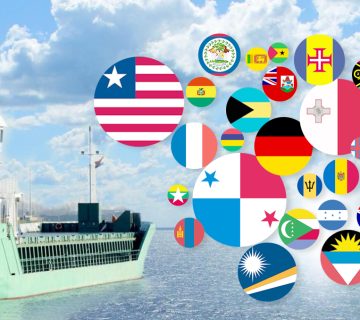In the shipping industry, choosing the right charter type is crucial for efficient vessel management and cost control. Two common forms of ship chartering are the bareboat charter and the time charter. While both allow the charterer to use the ship, they differ in responsibilities, liabilities, and operational control. Understanding these differences helps maritime professionals, ship operators, and fleet managers make informed decisions. This article breaks down each charter type with clear explanations and simple examples to make the concepts easy to grasp.
What Is a Bareboat Charter?
Definition
A bareboat charter (also called a “demise charter”) is an agreement where the charterer takes full control of the vessel. The owner only provides the ship itself, without crew, fuel, or supplies.
Responsibilities and Liabilities
- The charterer is responsible for crewing the vessel, managing operations, and covering all running costs like fuel and maintenance.
- The charterer assumes most operational risks and liabilities during the charter period.
- The owner’s involvement is minimal beyond ownership.
Typical Use Cases
- Long-term leases where the charterer wants full control.
- Shipping companies expanding their fleet without buying vessels.
Simple Example
A shipping firm charters a cargo ship on a bareboat basis for two years. The firm hires the crew, manages all expenses, and operates the ship as if they owned it.
What Is a Time Charter?
Definition
A time charter allows the charterer to use the vessel for a set period while the shipowner retains operational control and provides the crew.
Responsibilities and Liabilities
- The owner handles crewing, maintenance, and regulatory compliance.
- The charterer pays for fuel and port charges and directs the commercial use of the vessel, such as choosing ports and cargoes.
- The charterer has limited operational liabilities.
Typical Use Cases
- Short to medium-term contracts where the charterer needs transport capacity without managing the ship’s technical details.
- Traders or cargo owners who focus on cargo transport rather than ship management.
Simple Example
A trader charters a bulk carrier on a time charter basis for six months. The shipowner supplies crew and manages the ship, while the trader pays for fuel and cargo-related costs.
Key Differences Between Bareboat and Time Charter
| Aspect | Bareboat Charter | Time Charter |
|---|---|---|
| Operational Control | Full control to charterer | Owner retains operational control |
| Crew & Maintenance | Charterer provides crew and maintenance | Owner provides crew and handles maintenance |
| Payment | Fixed hire fee, charterer covers all costs | Charterer pays hire plus fuel & port fees |
| Liabilities | Charterer assumes most operational liabilities | Owner retains technical liabilities |
| Duration | Usually long-term (months or years) | Usually short to medium-term |
Summary
Choosing between a bareboat charter and a time charter depends on how much control and responsibility the charterer wants. Bareboat charters give full control but require managing crew and expenses. Time charters let the charterer focus on commercial use while the owner handles operations. Understanding these key differences helps maritime professionals pick the right charter for their specific needs.
Call to Action
Are you a ship operator or maritime professional needing expert advice on charter agreements? Contact our team today to ensure you select the best charter type for your business goals and stay fully compliant with maritime regulations.




No comment